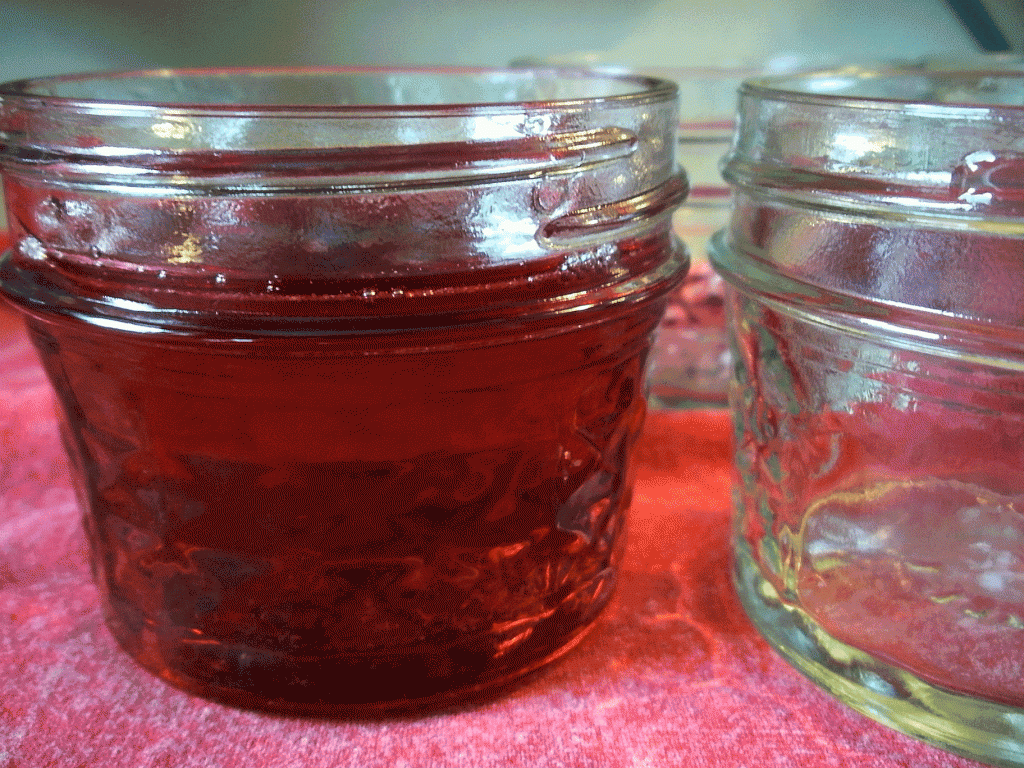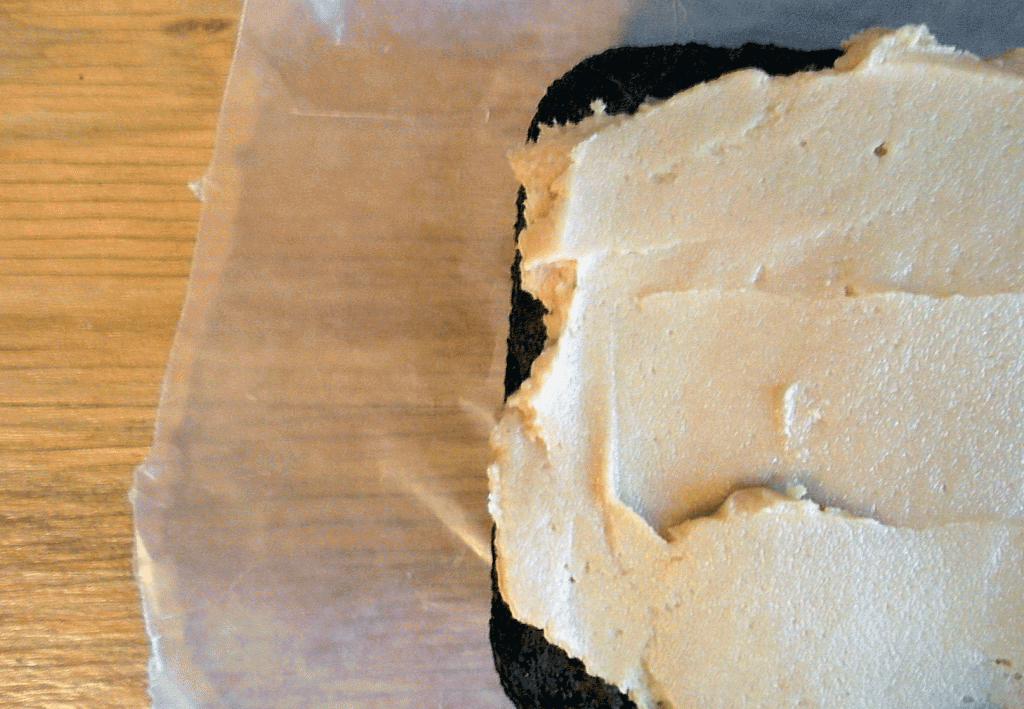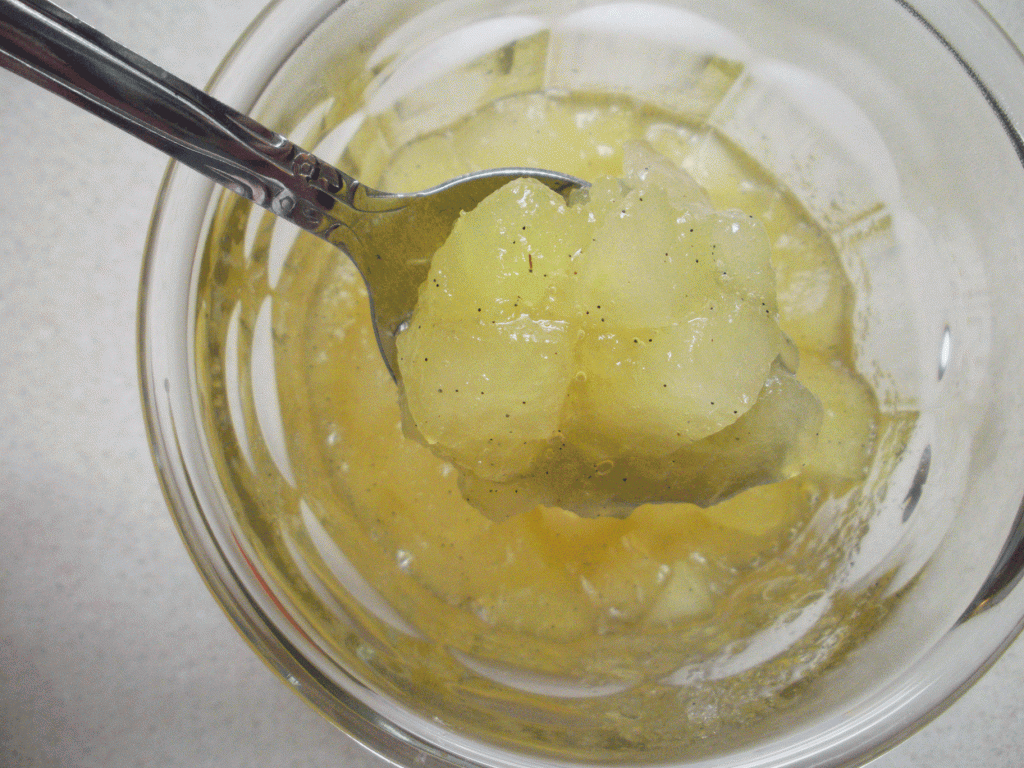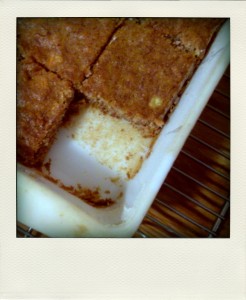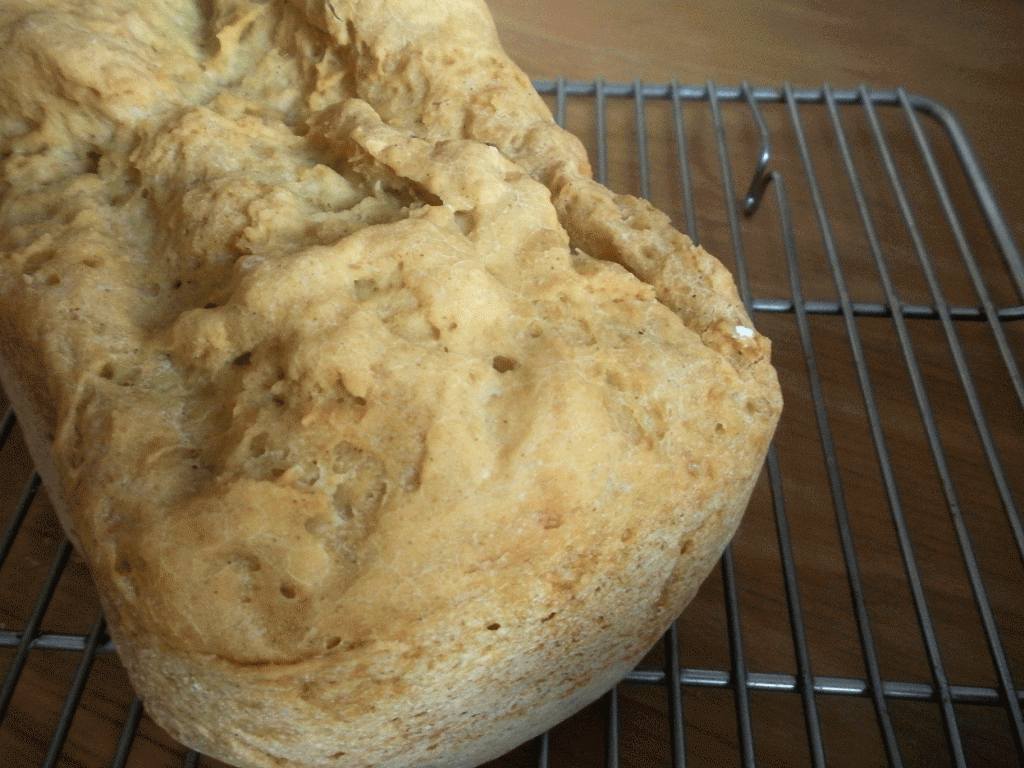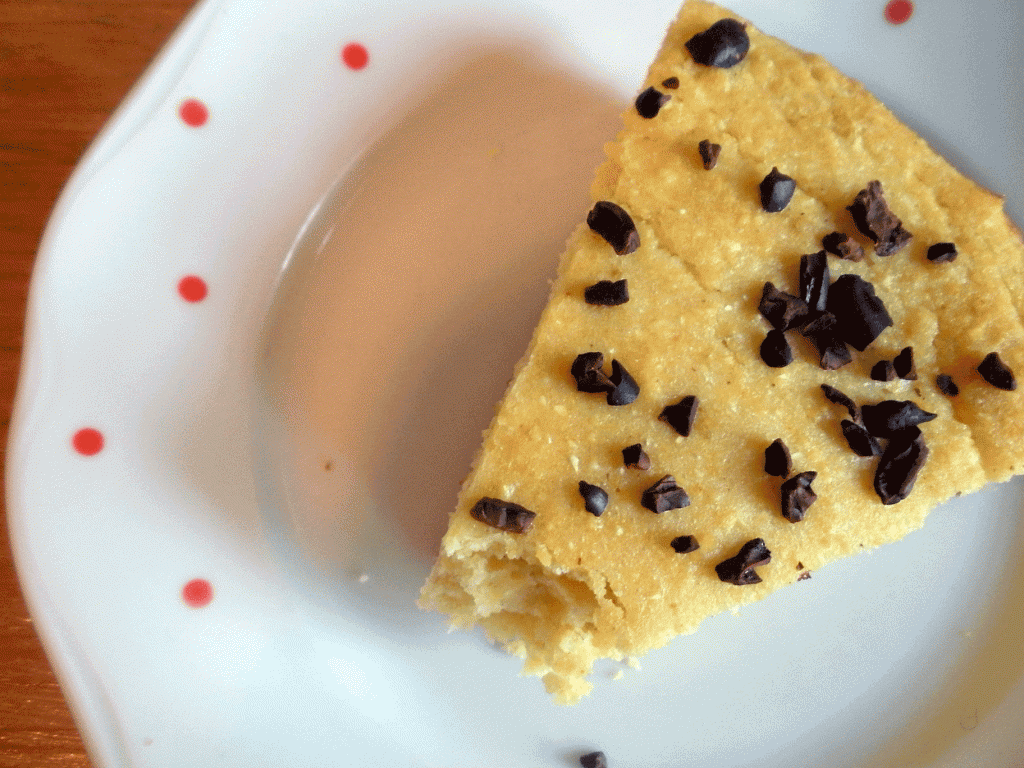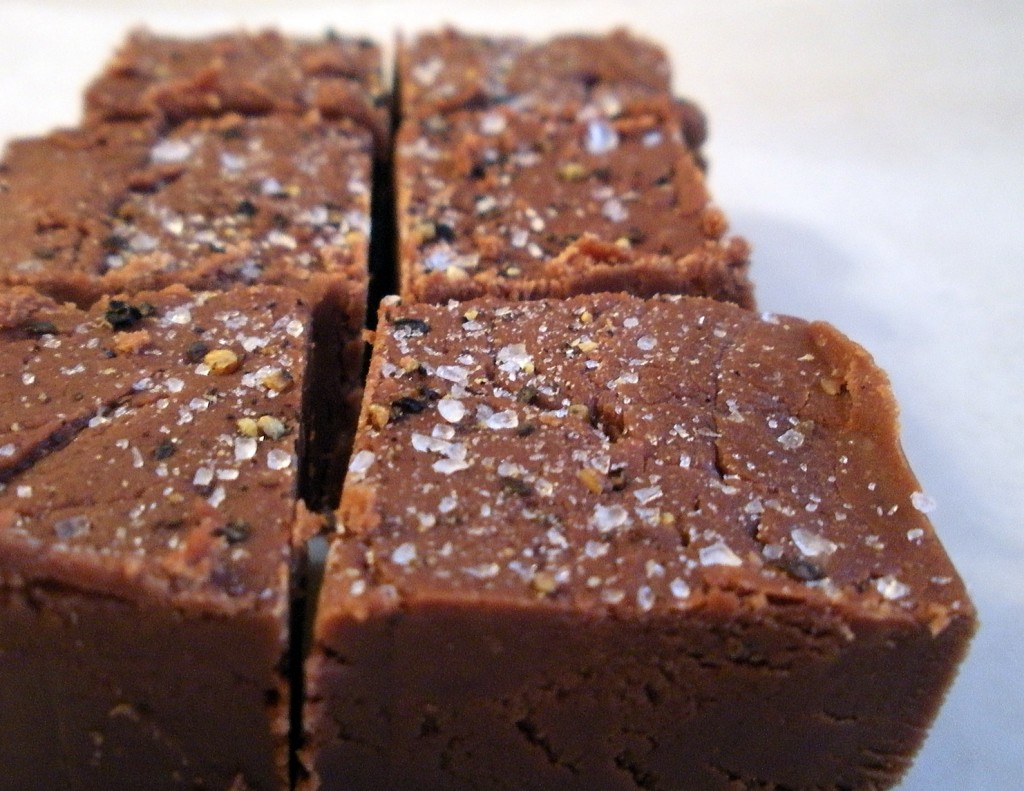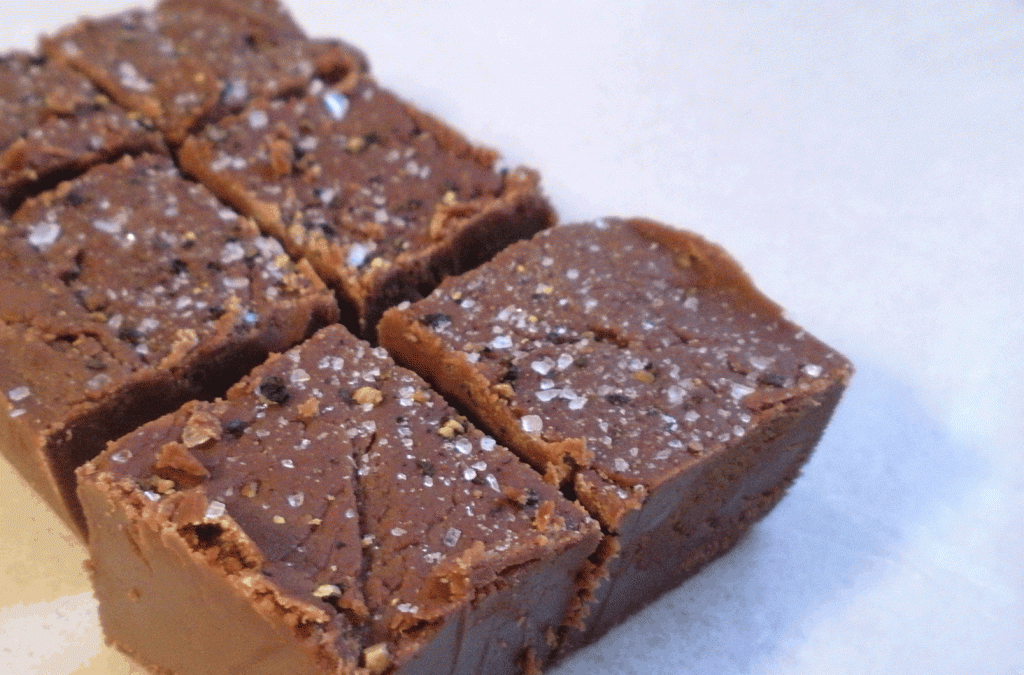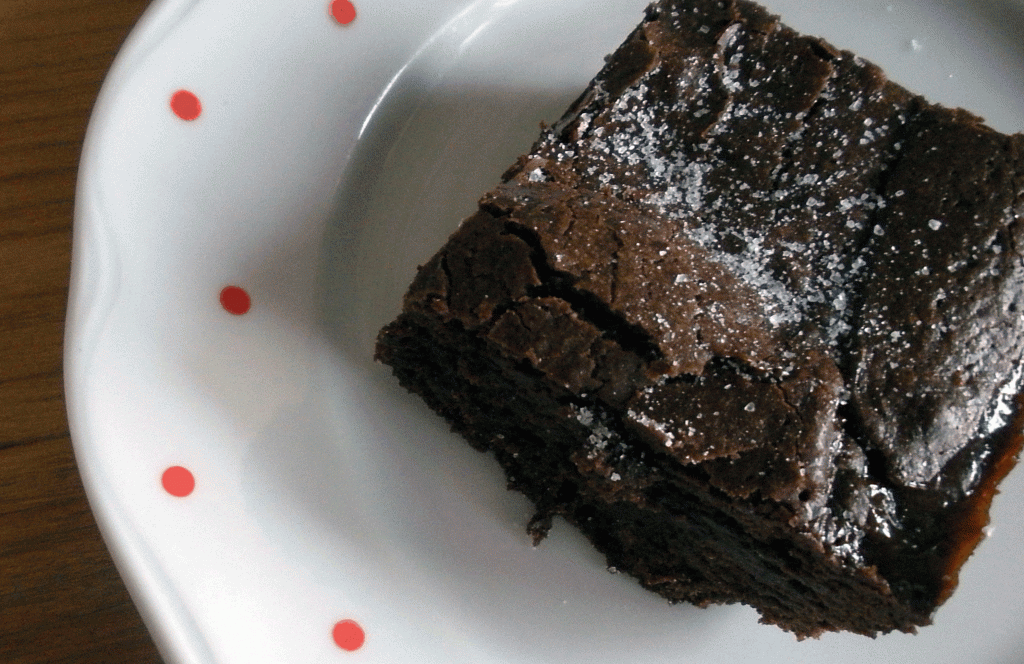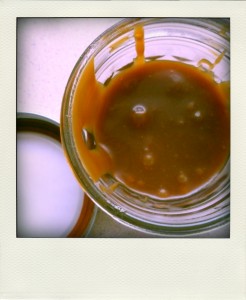I’m moving in less than a week. Nothing major, I’m not even leaving the borough. It’s a pretty exciting move though. Rather than roommates, I’ll be sharing a space with the boyfriend. And that space includes a pretty decent size kitchen. You can’t tell, but I’m doing a giddy little squeal right now.
Since I’m in “use stuff up” mode, I barred myself from grocery shopping this week. And since I’m Autumn, I’m making ice cream instead of packing. Pretty much without exception, the off-kilter awesomeness of what I make is inversely proportional to the amount of stuff I have in the fridge. That is, the more I’m forced to dig in the back of the cupboards, the better stuff I come up with. This ice cream is no exception.
Case in point, I would have never thought of sweetening this ice cream with panela if I hadn’t hadn’t been preoccupied with using up odds and ends. (If you don’t know panela, all you’ve ever wanted to know is here. It’s whole cane sugar.) It’s such a satisfying feeling for a cheap frugal lady like me to turn an on-sale carton of organic heavy cream, a couple of farmer’s market apples, and some panela that was lingering in the pantry into the best darn ice cream I’ve had in a while.
In the name of thrift (it’s what I had in the fridge!), I’m going to ask that you just go with the fact that the base of this ice cream is just heavy cream. Only heavy cream. Anyone will want to marry you if you feed them this ice cream. So, it’s worth it.
Apple, Cinnamon, and Panela Ice Cream
I remember reading somewhere (I think it was David Lebovitz) that cinnamon sticks and ground cinnamon impart different cinnamon-y qualities, that’s why I use both here. Makes one quart.
1 1/2 cup heavy cream
1 cinnamon stick
2 medium apples, peeled cored and chopped (I used winesap)
1/2 cup water
1 cup panela, chopped
1 heaping t ground cinnamon
1 t vanilla bean paste (or extract, if it’s what you’ve got- make sure it’s gluten-free)
a splash (1 or 2 T) of bourbon (optional, but alcohol helps combat iciness in homemade ice cream and bourbon is a great flavor match here)
1. Heat the heavy cream and the cinnamon stick in a large pot over medium heat, stirring frequently. Just when it begins to bubble, remove from heat and allow the mixture to steep while you complete the remaining steps.
2. Combine the apples, water, panela, and ground cinnamon in a small pot over medium-high heat. When it begins to boil, reduce heat to a simmer and mash the apples using a potato masher or your favorite mashing tool. You don’t want an applesauce consistency, just break up the chunks of apple a bit
3. Simmer for about 10 minutes. The apples should be tender and all the pieces of panela should be completely dissolved.
4. Remove the apple/panela mixture from the heat.
5. Pick the cinnamon stick out of the heavy cream then pour the apple mixture into the cream. Add vanilla paste/extract and stir until combined.
6. Let cool to room temperature and refrigerate until completely cool. Process in an ice cream maker according to the manufacturer’s instructions. As always, I recommend you not get discouraged if you don’t have an ice cream maker.
7. Eat while reading this.
{ 4 comments }

